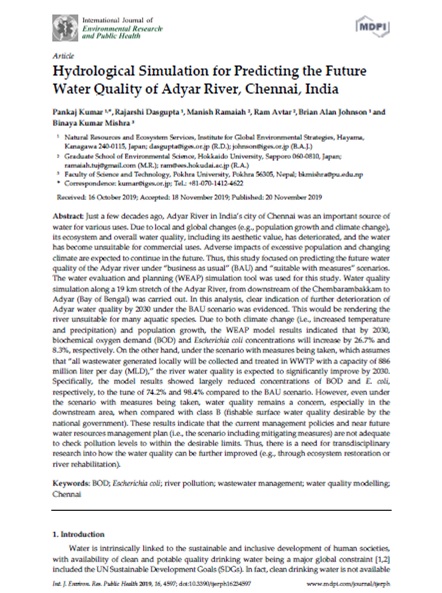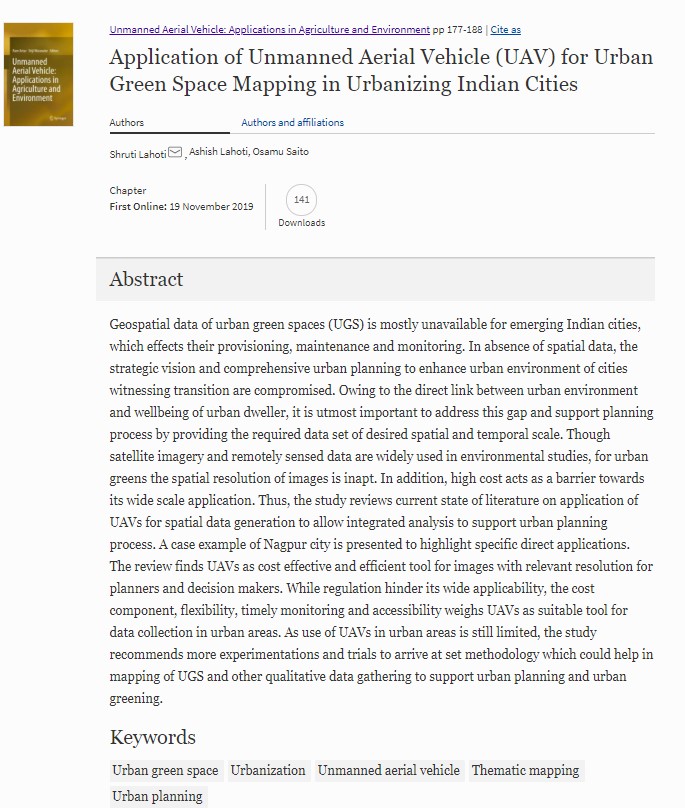In Anthropogenic Tropical Forests: Human–Nature Interfaces on the Plantation Frontier
Southeast Asian countries have been important suppliers of tropical timber to Japan since the early twentieth century. This chapter begins with a comparative examination of the history of the timber trade in the Philippines, Malaysia (Sabah and Sarawak), Indonesia and Papua New Guinea, for whom Japan has historically been the major market for round...



